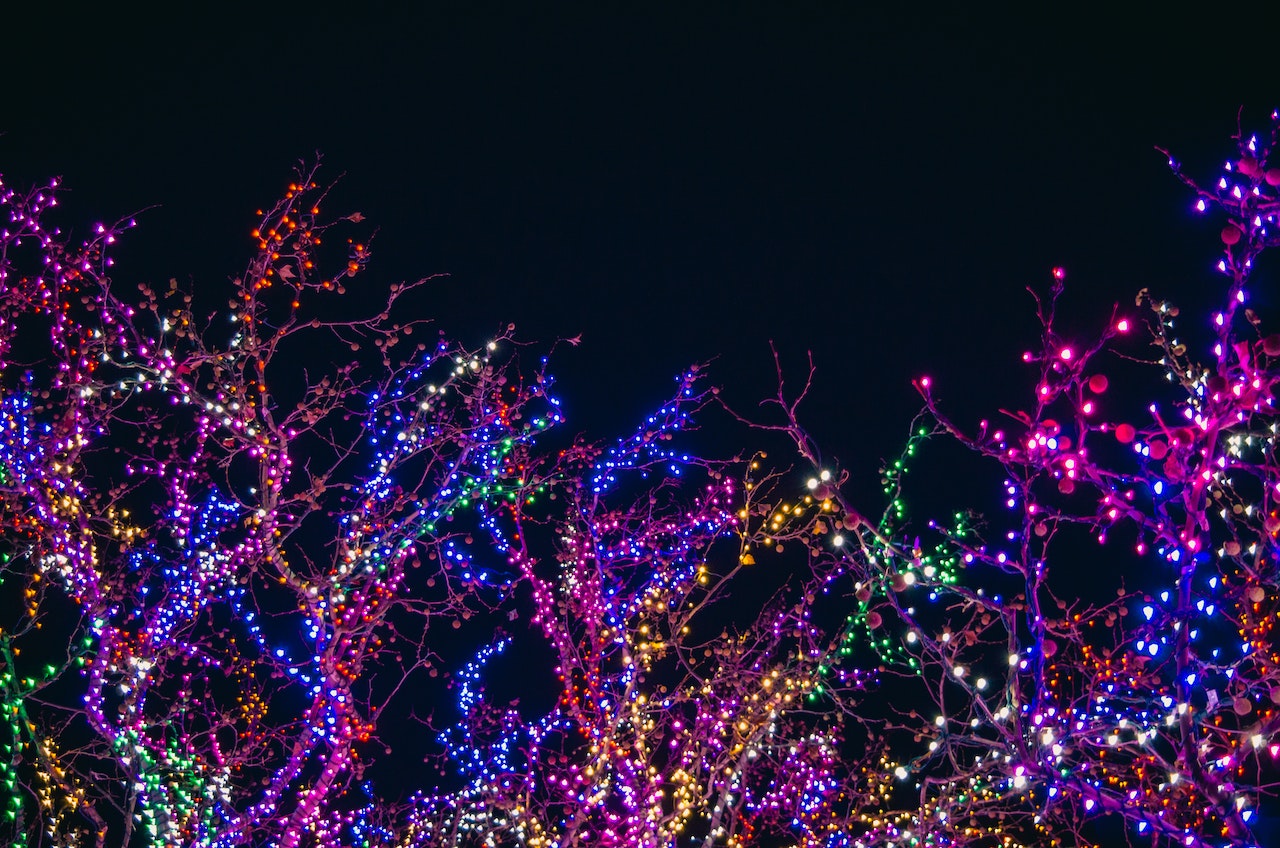How do fireworks create different colors?
Fireworks are an integral part of celebrations and festivities around the world. They can be seen on national holidays like the 4th of July, New Year’s Eve, and Diwali, to name a few. They not only light up the sky but also fill our hearts with joy and awe.
But have you ever wondered what goes on behind the scenes? How do fireworks work? How can they create such vibrant colors and loud sounds? In this article, we will delve into the science behind fireworks.
First, let’s understand the different components of a firework. A firework comprises five main parts: the fuse, the gunpowder, the stars, the binder, and the shell. The fuse is what ignites the firework, setting the whole process into motion. When the fuse is lit, it burns slowly until it reaches the gunpowder.
Gunpowder is a mixture of three chemicals: potassium nitrate, charcoal, and sulfur. When the fuse reaches the gunpowder, it ignites a rapid combustion reaction resulting in intense heat and gas. The heat and gas produced are what propel the fireworks into the sky.
Now, let’s look at the stars. The stars are tiny pellets made of metals and chemicals that burn brightly and produce a range of colors when ignited. The composition of the stars determines the color and intensity of the light produced.
Different metals and chemicals produce varied colors. For instance, copper produces blue-green, sodium produces yellow, and lithium produces red. The amount of metal and chemicals used in the star composition determines the intensity of the light. The more the metal and the chemicals, the brighter the light.
How does the timing of the display impact the effect of the fireworks?
The binder is what holds the stars together to form a compact unit. It is usually made of materials like gum Arabic, dextrin, or starch. The binder helps the stars burn evenly and quickly.
Finally, let’s talk about the shell. The shell is the outer casing of the firework that contains all the other parts. It is usually made of paper or cardboard and is packed with gunpowder and stars. When the gunpowder inside the shell is ignited, it creates pressure that forces the shell to burst open. The bursting of the shell causes the stars to scatter, creating a beautiful display of lights and colors.
Now that we understand the components and process of a firework, let’s explore the science behind their colors. When metal and chemical pellets inside the firework are ignited, they release energy in the form of light. The electrons in these metals and chemicals absorb the energy released during combustion, get excited, and jump to higher energy levels. As they move back to their stable energy levels, they release the energy they absorbed in the form of visible light.
Different metals and chemicals absorb and release different amounts of energy; hence they produce different colors. For example, copper produces blue-green light because it absorbs and releases energy at a specific wavelength.
In conclusion, fireworks are a symphony of science and art. They exist because we have learned to harness and manipulate the energy released during combustion to create stunning displays of light and sound. The next time you watch a firework display, take a moment to appreciate the science behind it.

